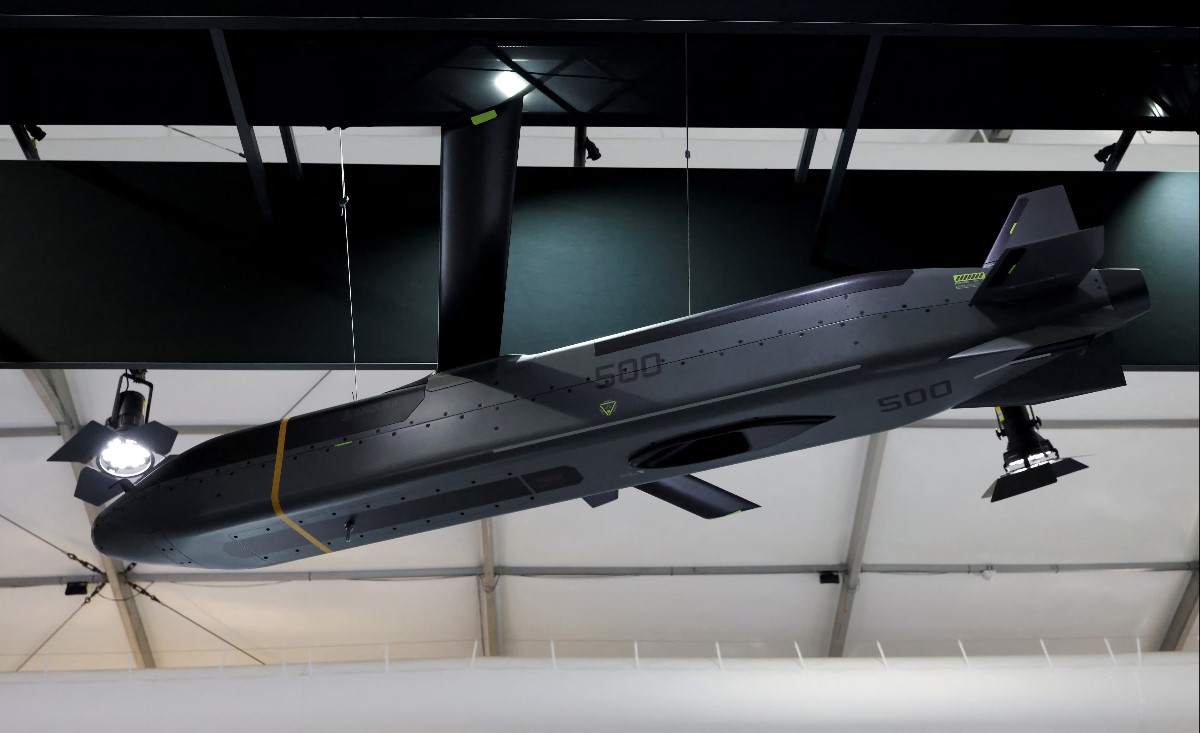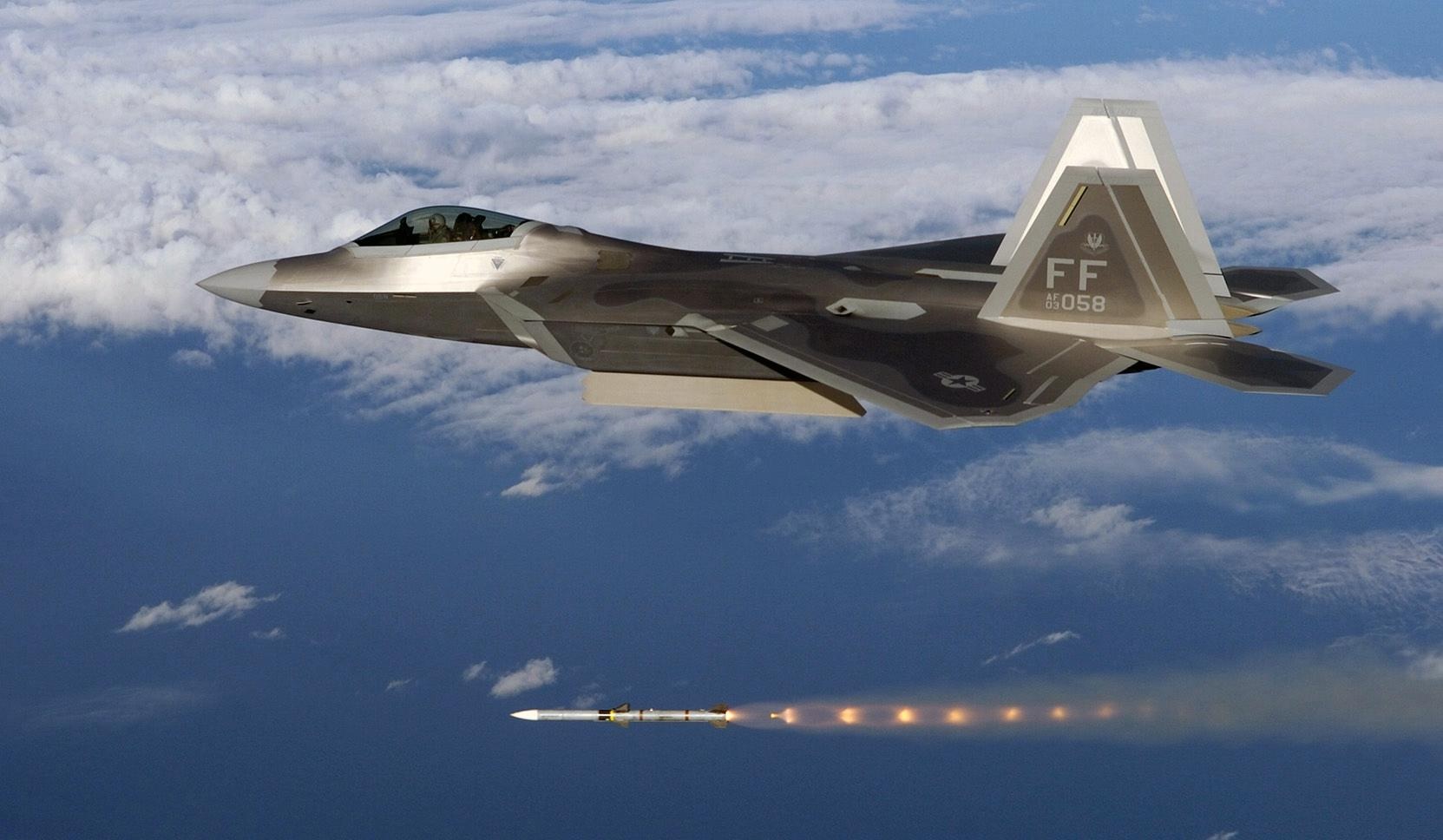MBDA Unveils SIMBAD-RC 2 and 4 Missile Defense Systems Protection Against Drones and Asymmetric Threats

MBDA Introduces the New SIMBAD-RC 2 and 4: Advanced Naval Defense for Modern Threats
In response to the rising challenges in naval defense—particularly the increased threat of low-cost, high-risk weapons like kamikaze drones and unmanned surface vehicles—MBDA has taken a significant leap forward with its latest updates to the SIMBAD-RC system. With new models offering two-missile and four-missile configurations, MBDA has refined this system for both advanced and asymmetrical threats, making it a powerful solution for naval forces across the globe. Set to be delivered starting in early 2026, these upgrades provide an essential boost to naval close-in defense, designed to protect critical assets at sea.
The SIMBAD-RC has long been MBDA's cornerstone in short-range naval air defense. Lightweight, remotely operated, and packed with high-precision capabilities, it’s an ideal choice for a range of vessels—from patrol boats to logistics support ships. The system primarily serves as a last line of defense, using its Mistral 3 missiles to counter aerial and small surface threats, providing coverage up to 8 kilometers. The recently upgraded SIMBAD-RC 2 and SIMBAD-RC 4 versions expand this potential, with the addition of software enhancements and design modifications that improve both efficiency and responsiveness against new-generation threats.
SIMBAD-RC 2 and RC 4: Enhanced Design and Capabilities
The SIMBAD-RC 2, as the name suggests, is equipped with a two-missile launching pod, while the SIMBAD-RC 4 boasts a four-missile configuration. This upgrade offers double the firepower without the need for a second turret, making the RC 4 version a valuable asset against saturation attacks, where multiple threats are launched simultaneously. The new design includes a consolidated turret by Cegelec Défense, integrating power supply and system components into a single unit—enhancing reliability and reducing space requirements. This unified structure also allows for greater flexibility in mounting the system, offering an operational weight of 500 kg for the RC 2 and 800 kg for the RC 4, both including missiles.
The updated MATIS SP thermal camera is strategically positioned based on the configuration: mounted on the right arm in the RC 2 and centrally on the RC 4, allowing for optimized tracking and targeting. Both versions maintain the same angular range of ±160° in bearing and -30°/+55° in elevation, ensuring full coverage around the vessel.
Mistral 3 Missile: Enhanced Software and Combat Readiness
Central to the effectiveness of SIMBAD-RC is the Mistral 3 missile. MBDA has equipped the Mistral 3 with cutting-edge technology to handle a spectrum of threats from UAVs to anti-ship missiles. The Mistral 3 stands out due to its passive, fire-and-forget guidance, relying on an infrared imaging seeker developed by Safran. The missile's advanced image processing enables it to effectively engage low-signature targets, including small drones and fast-moving missiles, while remaining resilient against infrared countermeasures. With a range of up to 8 kilometers and an altitude ceiling of 6,000 meters, it operates across a broad defensive radius. Additionally, with an interception minimum range of 500 meters, it covers very close proximity threats—a crucial advantage in close-in defense scenarios.
The Mistral 3's upgrades also include trajectory enhancements, allowing it to neutralize asymmetric threats with precision. The missile’s software has been optimized to recognize and respond to patterns exhibited by kamikaze drones, which are increasingly used in swarm attacks. The missile's guidance and propulsion systems allow it to perform with agility, maneuvering at up to 30 g, which is critical for countering high-speed, agile targets. MBDA has verified the Mistral 3’s effectiveness against some UAV models like the Shahed, further attesting to its utility in modern conflict zones.
Global Interest and Strategic Deployments
MBDA’s SIMBAD-RC system has proven popular, with over 50 units delivered to 10 countries. Notable users include naval forces from France, Indonesia, Turkmenistan, Saudi Arabia, and the Philippines. The French Navy plans to integrate the system into its BRF (Bâtiment de Ravitaillement de Force) ships, using a two-turret setup to maximize defensive capability. Several other countries, including Angola, are also in the process of adopting these new configurations, with MBDA actively engaging potential customers worldwide.
Future Prospects and Naval Relevance
The SIMBAD-RC 2 and 4 reflect MBDA’s commitment to providing flexible, high-performing defense systems tailored to the realities of modern naval warfare. These upgrades signify an adaptive approach to emerging threats, allowing naval forces to counter cost-effective but potentially devastating technologies like kamikaze drones. With its robust design, modularity, and software improvements, the SIMBAD-RC is well-positioned to remain a vital element of naval defense strategies for years to come.



